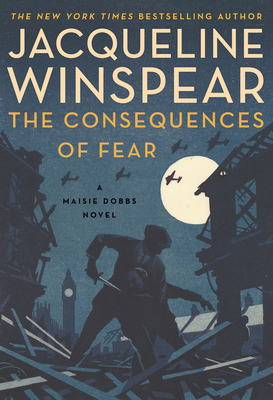 The Consequences of Fear (Maisie Dobbs #16) by Jacqueline Winspear
The Consequences of Fear (Maisie Dobbs #16) by Jacqueline Winspear Format: eARC
Source: supplied by publisher via Edelweiss
Formats available: hardcover, large print, ebook, audiobook
Genres: historical fiction, historical mystery, mystery, thriller
Series: Maisie Dobbs #16
Pages: 352
Published by Harper on March 23, 2021
Purchasing Info: Author's Website, Publisher's Website, Amazon, Barnes & Noble, Kobo, Bookshop.org
Goodreads
As Europe buckles under Nazi occupation, Maisie Dobbs investigates a possible murder that threatens devastating repercussions for Britain's war efforts in this latest installment in the New York Times bestselling mystery series.
September 1941. While on a delivery, young Freddie Hackett, a message runner for a government office, witnesses an argument that ends in murder. Crouching in the doorway of a bombed-out house, Freddie waits until the coast is clear. But when he arrives at the delivery address, he’s shocked to come face to face with the killer.
Dismissed by the police when he attempts to report the crime, Freddie goes in search of a woman he once met when delivering a message: Maisie Dobbs. While Maisie believes the boy and wants to help, she must maintain extreme caution: she’s working secretly for the Special Operations Executive, assessing candidates for crucial work with the French resistance. Her two worlds collide when she spots the killer in a place she least expects. She soon realizes she’s been pulled into the orbit of a man who has his own reasons to kill—reasons that go back to the last war.
As Maisie becomes entangled in a power struggle between Britain’s intelligence efforts in France and the work of Free French agents operating across Europe, she must also contend with the lingering question of Freddie Hackett’s state of mind. What she uncovers could hold disastrous consequences for all involved in this compelling chapter of the “series that seems to get better with every entry” (Wall Street Journal).
My Review:
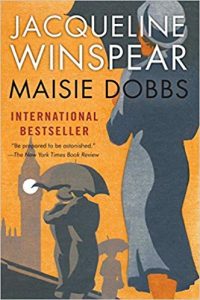 In London, in September of 1941, fear was a constant companion. Every person old enough to be aware, including any children past toddlerhood, has to have felt at least some level of fear every waking minute. Fear of bombs, fear of losing someone dear to them – likely because of a bomb, fear of being made homeless and losing everything they owned – due to a bomb.
In London, in September of 1941, fear was a constant companion. Every person old enough to be aware, including any children past toddlerhood, has to have felt at least some level of fear every waking minute. Fear of bombs, fear of losing someone dear to them – likely because of a bomb, fear of being made homeless and losing everything they owned – due to a bomb.
Fear that Hitler would invade Britain after softening up the target with – yet more bombs. Fear that Britain, standing alone, wouldn’t be able to hold back the tide of Nazi Germany any more than King Canute could hold back the ocean’s tide by ordering it so.
Maisie Dobbs, once upon a time a battlefield nurse in World War I, now serves as part of the checks and balances at the Special Operations Executive, vetting agents who are about to be sent to infiltrate occupied Europe as secret radio operators, saboteurs – and spies.
She did her bit in the first war, and she’s doing it again. Just not quite as near the front lines, although every bit as heartbreaking.
Maisie has spent the years between the wars as a private investigator, trained by her mentor Maurice Blanche, to ferret out the secrets that people have been keeping, sometimes even from themselves, in order to resolve personal issues they bring to her, and crimes brought to her by the police, or, in the case of her interviewing for the SOE, by the government.
The story here is about Maisie attempting, not always successfully, to balance her government work, her private clients, her family out in the country, and her American lover in the Diplomatic Corps of his own country.
It is also a story about the ways in which those responsibilities come into conflict. A country that expects her to drop everything at a moment’s notice in order to send people into situations where death is almost certain. A country that expects her to keep its secrets even from those she loves. A country that expects her to help cover up a murder in order to protect an alliance that it considers strategic.
It’s that last stress that proves to be more than Maisie can live with. The question becomes whether or not she, or anyone else involved, will die for it.
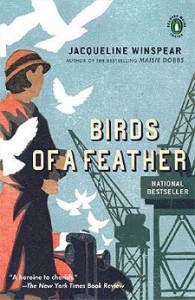 Escape Rating A: This is Mystery & Thriller week on Goodreads, and the image being used looks a lot like a piece of the cover for this book. I fully admit that I had no idea when I was picking out this week’s books that I would be echoing this theme, I just wanted books that I knew would be good and it turned out I struck a theme.
Escape Rating A: This is Mystery & Thriller week on Goodreads, and the image being used looks a lot like a piece of the cover for this book. I fully admit that I had no idea when I was picking out this week’s books that I would be echoing this theme, I just wanted books that I knew would be good and it turned out I struck a theme.
It took me most of the book to get how the title related to this particular story. Everyone is afraid at this point in the war. Things are pretty dark, and in spite of the famous British “stiff upper lip” the situation does not look hopeful.
But the fears that drive this story are not all about the war, even though they circle back to it. There’s a murder in this mystery, and everything about that murder is a result of fear. The murderer fears the loss of his honor, and the exposure of that loss. The witness fears that the killer knows he is a witness, and that the murderer is out to get him as well. And Maisie fears that her emotions are clouding her judgment, and most importantly, fears that the war will rob her of her second chance at happiness.
All three act out because of their fear, and act on their fear at the same time. This entire case and its outcomes are all consequences of those fears.
The ending is not all heartbreak as one might expect from the beginning, although the piper does get paid.
The story closes on December 8, 1941, the day after Pearl Harbor. The Americans, including Maisie’s lover, are scrambling to prepare America’s response to the attack. The entire war has changed irrevocably, along with Maisie’s life.
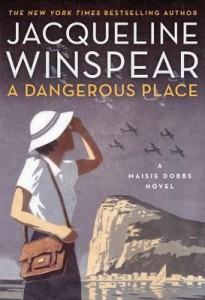 I’ve followed Maisie’s adventures from her very first story, fittingly named after this singular character. This is a series that follows the history of both its character and the world she inhabits, and sincerely rewards readers who get involved at the very beginning. This is not a series to pick up in the middle, especially as the last few books in the series, from A Dangerous Place onwards, show the shadows darkening over Europe as Britain prepares for the inevitable that no one wants to see.
I’ve followed Maisie’s adventures from her very first story, fittingly named after this singular character. This is a series that follows the history of both its character and the world she inhabits, and sincerely rewards readers who get involved at the very beginning. This is not a series to pick up in the middle, especially as the last few books in the series, from A Dangerous Place onwards, show the shadows darkening over Europe as Britain prepares for the inevitable that no one wants to see.
This turned out to be a fitting close for the theme of this Blogo-Birthday Celebration Week as well. Both Maisie Dobbs and Sebastian St. Cyr are coincidentally at the 16th book in their respective series, but more importantly, both are atmospheric historical mysteries set in periods of great upheaval featuring compelling and fascinating protagonists.
Maisie also links back to, not Susan Ryeland or Atticus Pünd in Moonflower Murders, but rather to the author of the series, Anthony Horowitz, and the TV character he created, Christopher Foyle of Foyle’s War. Although a police detective rather than a private investigator, Foyle is another compelling character who served in WW1 and is now, in the second war, investigating crimes on the homefront – and occasionally working for the government – just as Maisie is.
I expect Maisie’s war to be every bit as dangerous, and to include every bit as much crime and punishment as her between the wars life has done. And I’m certainly looking forward to reading about Maisie’s war now that it is finally and officially here.
~~~~~~ GIVEAWAY ~~~~~~
Today is the final day of my Blogo-Birthday Celebration Week. This is a series that is near and dear to my heart, making it a perfect ending to a week of giveaways. I love this series and am thrilled to share a bit of that love with one lucky winner.
The winner of today’s giveaway will receive their choice of one book by Jacqueline Winspear (up to $25 US to include The Consequences of Fear) whether in the Maisie Dobbs series or her standalone or her nonfiction. If you haven’t met Maisie, I would recommend starting with one of the early books in the series, either the collection of novellas in Maisie Dobbs, or the first complete novel that features her, Birds of a Feather.


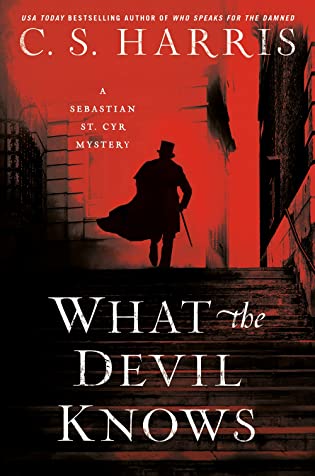 What the Devil Knows (Sebastian St. Cyr, #16) by
What the Devil Knows (Sebastian St. Cyr, #16) by 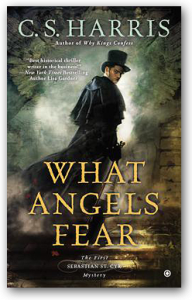
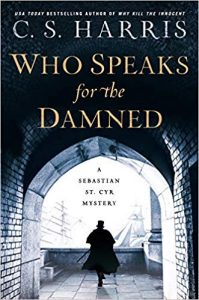
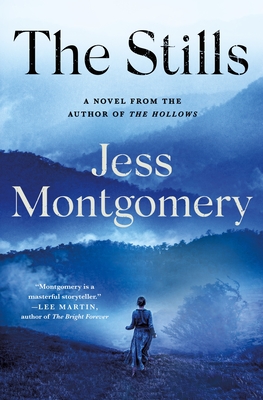 The Stills (Kinship #3) by
The Stills (Kinship #3) by 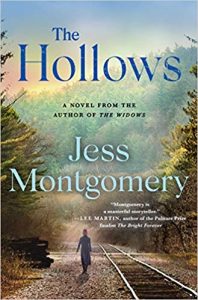 I picked up The Stills for two reasons. One, because I read the second book in the
I picked up The Stills for two reasons. One, because I read the second book in the 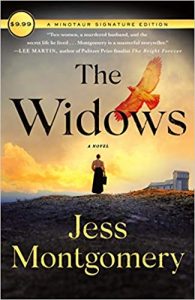 I also liked that Lily might be developing a romantic relationship, but that she is taking it very, very slowly, is cognizant of everything that is at risk both personally and professionally, and is very careful about balancing the professional life that she loves – even though she’s not supposed to even have it – with the possibility of falling in love again. Those hesitant thoughts, the stop and start of possibility versus caution, feel very real.
I also liked that Lily might be developing a romantic relationship, but that she is taking it very, very slowly, is cognizant of everything that is at risk both personally and professionally, and is very careful about balancing the professional life that she loves – even though she’s not supposed to even have it – with the possibility of falling in love again. Those hesitant thoughts, the stop and start of possibility versus caution, feel very real.
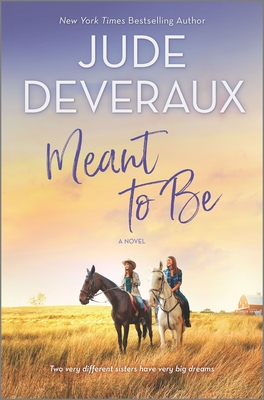 Meant to Be by
Meant to Be by 
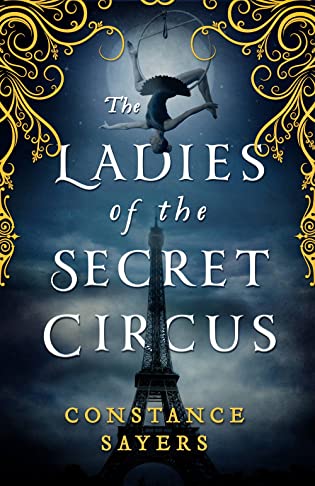 The Ladies of the Secret Circus by
The Ladies of the Secret Circus by 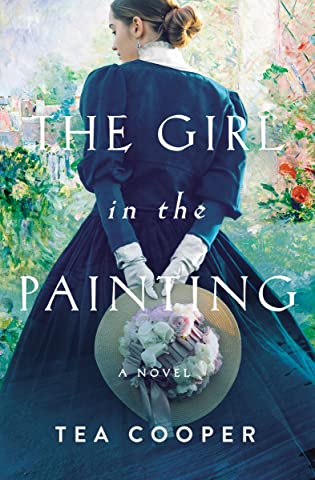 The Girl in the Painting by
The Girl in the Painting by 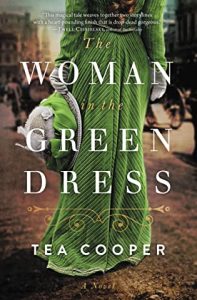 Escape Rating A-: I originally picked this up because I really enjoyed one of the author’s previous books,
Escape Rating A-: I originally picked this up because I really enjoyed one of the author’s previous books, 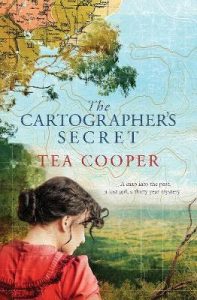 While I found Jane herself to be a bit of an unresolved character, more of a vehicle for the story to be told than an integral part of it, the story of Michael and Elizabeth Quinn’s rise from hardworking poverty to wealth and influence was fascinating in its portrayal of two people who lived a lie that was also the utter and absolute truth.
While I found Jane herself to be a bit of an unresolved character, more of a vehicle for the story to be told than an integral part of it, the story of Michael and Elizabeth Quinn’s rise from hardworking poverty to wealth and influence was fascinating in its portrayal of two people who lived a lie that was also the utter and absolute truth.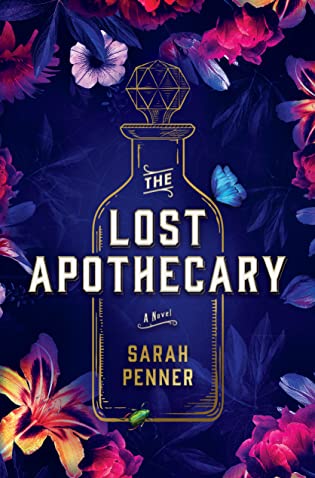 The Lost Apothecary by
The Lost Apothecary by 
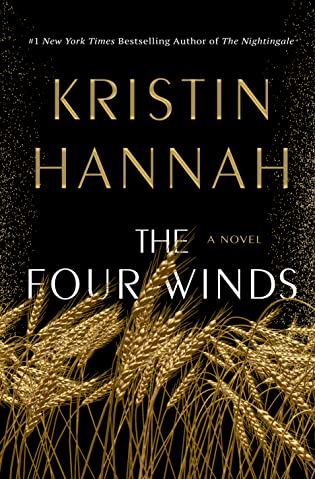 The Four Winds by
The Four Winds by 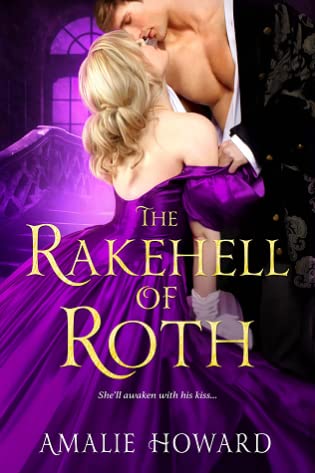 The Rakehell of Roth (Regency Rogues, #2) by
The Rakehell of Roth (Regency Rogues, #2) by 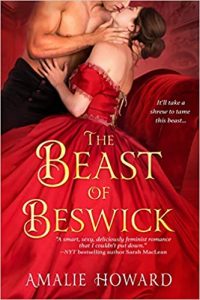 And that the scene where they save each other from thieves, kidnappers and murderers and then screw each other senseless was the only point where I missed having read the first book in the series,
And that the scene where they save each other from thieves, kidnappers and murderers and then screw each other senseless was the only point where I missed having read the first book in the series, 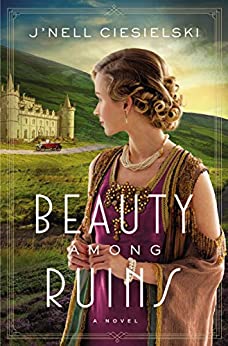 Beauty Among Ruins by
Beauty Among Ruins by